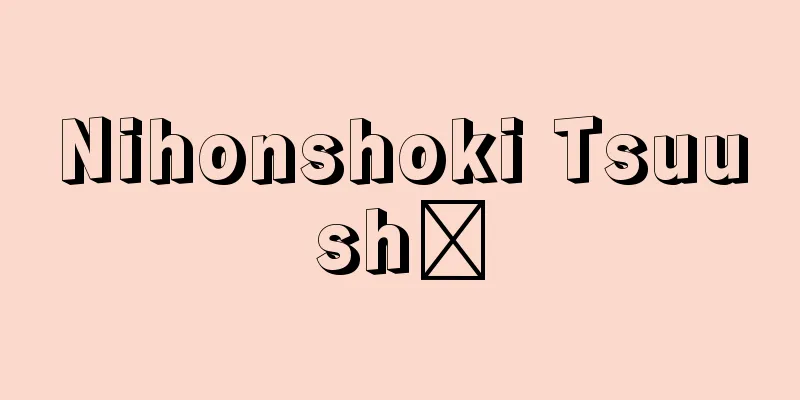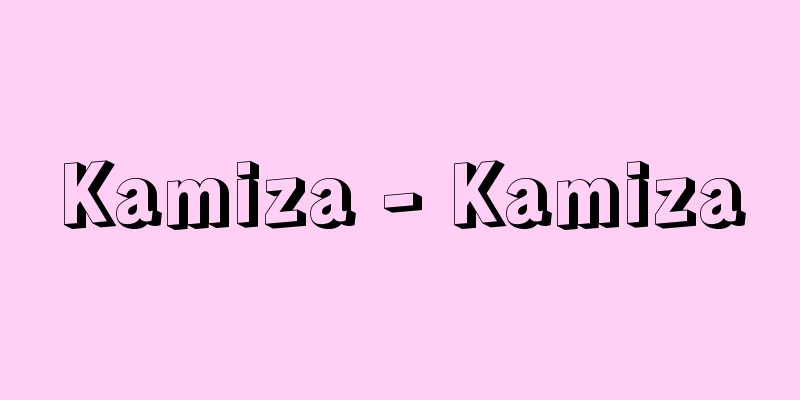Ohara Yugaku

|
A thinker of rural reform in the late Edo period. There are theories that he was a member of the family of the Daidoji clan, a chief retainer of the Owari clan, or that he was the younger brother of Takamatsu Hikoshichiro, a shogunate inspector of minor servants, but his origins are unclear. However, it is certain that he was of samurai origin. He left home as a boy and traveled around the Kansai region, learning various subjects such as Shinto, Confucianism, Buddhism, I Ching, physiognomy, and advanced agricultural techniques. In 1830 (Tenpo 1), he visited Matsuo-ji Temple on Mount Ibuki in Goshu (Shiga Prefecture), and after receiving encouragement from the monk Teiso, he decided to put social education into practice. He traveled along the Nakasendo road to Ueda in Shinshu (Nagano Prefecture), where he stayed with the wealthy merchant Onozawa Rokuzaemon and began lecturing on Taoism. His number of disciples gradually increased, but he left Ueda after one year and headed for Edo. After that, he traveled around the Boso region from Sagami (Kanagawa Prefecture), and from around 1833 he gave lectures in the villages of the eastern part of the country, Katori, Unakami, and Sosa counties in Shimousa Province (Chiba Prefecture). He named his unique teachings "Sexology," and the number of his disciples in the villages increased. In 1835, he was invited by Endo Ihei, the headman of Nagabe Village in Katori County, to preach Sexology, and he began to give lectures in the villages of the northern part of the country, with this place as his base. During this time he wrote books such as "The Essence of Sexuality" and "Thoughts on the Subtleties of Taste and Mystery," and in order to restore the devastated rural areas he established a land-sharing organization called the "Ancestral Stock Association" to devise a plan to ensure the continuation of farming families. He also carried out activities such as the exchange and division of farmland, land consolidation, and agricultural guidance on farm work, fertilization, etc., to the point that in 1848 (Kaei 1), Nagabe village was recognized by the lord as a model village. However, the sudden increase in the number of disciples and the construction of a training center called Kaishinro came under suspicion by the Kanto Torishishuyaku (Torishiro Bureau), and he was investigated by the Shogunate Council. In 1857 (Ansei 4), the Shogunate handed down a sentence and sentenced him to 100 days of confinement, and he was placed under house arrest in Edo. After serving his sentence in February of the following year, 1858, he returned to Nagabe village and committed suicide at dawn on March 8th at the Endo family graveyard. His grave is located at the place where he committed suicide. His belongings and related materials are on display at the Ohara Yugaku Memorial Museum in Nagabe, Asahi City, Chiba Prefecture, next to Yugaku's home at the time. [Noboru Kawana April 18, 2016] "Ohara Yugaku" by Nobuhiko Nakai (1963/New edition, 1989, Yoshikawa Kobunkan)" ▽ "Ohara Yugaku and its Surroundings" edited by Soji Kimura (1981, Yagi Shoten) Source: Shogakukan Encyclopedia Nipponica About Encyclopedia Nipponica Information | Legend |
|
江戸後期の農村改革思想家。尾張(おわり)藩家老大道寺(だいどうじ)氏の一族とも、幕府御小人目付(おこびとめつけ)高松彦七郎の弟という説もあるが出自は不明。ただし、武士の出身であることは確かである。少年時代から家を出て、関西方面を遊歴し、神儒仏をはじめ易学、観相など種々の学問、先進農業技術などを身につけた。1830年(天保1)江州(ごうしゅう)(滋賀県)伊吹山松尾寺を訪ね、提宗和尚(ていそうおしょう)の激励を受けて社会教化の実践を決意し、中山道(なかせんどう)を経て信州(長野県)上田に至り、富商小野沢六左衛門に寄寓(きぐう)して道学の講義を開講、徐々に門人も増えたが、1年で上田を去り江戸に向かう。その後、相模(さがみ)(神奈川県)から房総の各地を巡歴、1833年ごろから下総(しもうさ)国(千葉県)香取(かとり)、海上(うなかみ)、匝瑳(そうさ)3郡の東総の村々を中心に道を講じて巡講、彼独特の教学を「性学」と名づけ、村々に性学門人が増加していった。1835年香取郡長部(ながべ)村名主遠藤伊兵衛に招かれて性学を説いて以後、ここを中心として北総の村々を巡講するに至った。 ここで『性学趣意』『微味幽玄考』などの書を著すとともに、荒廃した農村復興のために土地共有組織「先祖株組合」を結成させて農家永続の策をたて、また農地の交換分合、耕地整理などから農作業、施肥などの農事指導まで行い、1848年(嘉永1)には長部村は領主から模範村として表彰されるまでになった。 しかし、門人数の急増、教導所「改心楼」の建設などが関東取締出役(とりしまりしゅつやく)の嫌疑を受け、幕府評定所(ひょうじょうしょ)の取調べを受けることとなる。1857年(安政4)幕府の判決が下り百日押込(おしこめ)の刑を申し渡され、江戸にて謹慎、翌1858年2月刑期を終えて長部村に帰村、3月8日未明に遠藤家墓所で自殺した。墓は自刃した場所にある。なお千葉県旭(あさひ)市長部の大原幽学記念館に遺品、関係資料があり、傍らに幽学の当時の居宅がある。 [川名 登 2016年4月18日] 『中井信彦著『大原幽学』(1963/新装版・1989・吉川弘文館)』▽『木村礎編『大原幽学とその周辺』(1981・八木書店)』 出典 小学館 日本大百科全書(ニッポニカ)日本大百科全書(ニッポニカ)について 情報 | 凡例 |
<<: Brachyponera chinensis (large needle ant)
>>: Ohara Magosaburou - Ohara Magosaburou
Recommend
Kopiue
Also known as Lapageria. A perennial plant of the ...
Biological membrane
This refers to the cell membrane and the membrane...
Jaw - Jaw (English spelling)
The sturdy structure that forms part of an animal&...
Wet mat
…Usually, a material called a stencil paper is pl...
Behavioural ecology
... Although Wilson himself defined sociobiology ...
Nervous type
A type of schizophrenia characterized by psychomot...
Toribio de Benavente Motolinía (English spelling)
1482 to 91-1569? A Spanish Franciscan friar, he tr...
Seeckt - Hans von Seeckt
German military officer. During World War I, he s...
Ozeki clan
…A small outside domain with its headquarters in ...
Voroshirov
…A city in Primorsky Krai, eastern Russia. Popula...
Tetraspore
…Amokine spores are widely found in algae, fungi,...
Bochum - Bochum (English spelling)
A mining, industrial and university city in the R...
Homogeneous Combustion - Homogeneous Combustion
...This refers to the phenomenon in which a subst...
Montfort, Simon de, Earl of Leicester
Born: circa 1208. Montfort, France [Died] August 4...
hypotrochoid
...Here, if a = b , the equation for a cycloid is...









